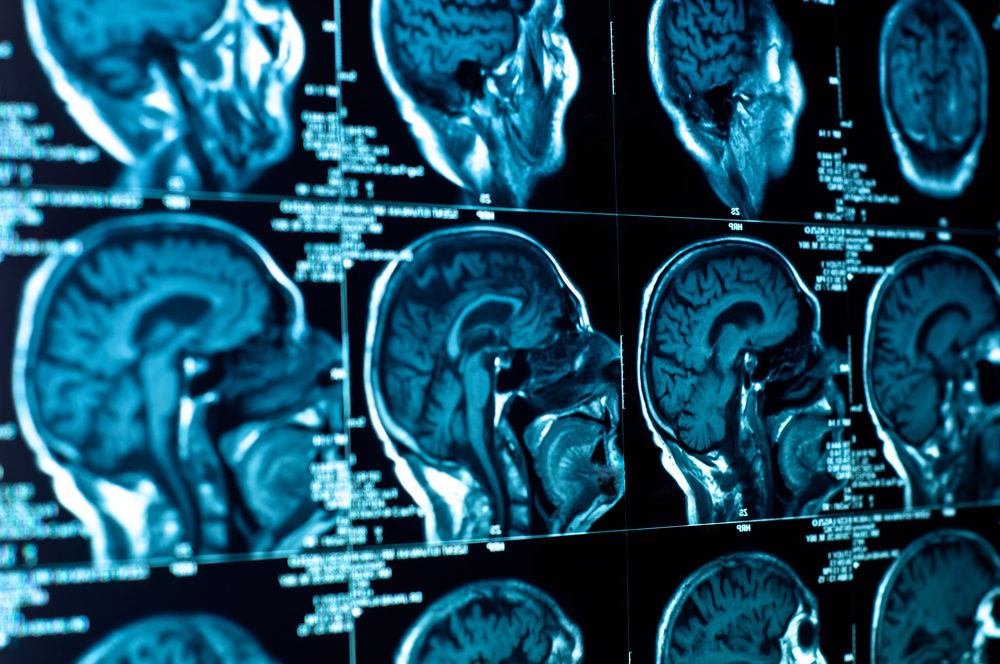Tysabri Brain Infection Side Effects Could Be Mitigated By Early Detection Through MRIs: Study

The findings of a new study suggest that the rare, but potentially deadly, side effects of Tysabri, a multiple sclerosis drug, could be reduced or mitigated by careful monitoring for an aggressive brain infection, known as Progressive multifocal leukeoencephalopathy (PML).
Italian researchers report that magnetic resonance imaging (MRI) and other methods of diagnosis could be effective in detecting the early signs of PML brain infections associated with Tysabri, suggesting that early detection may result in better outcomes. The findings were published this week in the medical journal PLoS One.
Progressive multifocal leukeoencephalopathy (PML) is a rare and deadly brain infection that has been linked to several different immunosuppressant drugs, including Tysabri. It is believed to occur when the drug disables the immune system enough for the JC virus, a strain of paopvavirus, to take hold. Estimates indicate that about 50% to 60% of the population has contracted the JC virus.

Did You Know?
Millions of Philips CPAP Machines Recalled
Philips DreamStation, CPAP and BiPAP machines sold in recent years may pose a risk of cancer, lung damage and other injuries.
Learn MoreTysabri (natalizumab, also known as NTZ) is an intravenous injection given every 28 days to treat multiple sclerosis (MS) and Crohn’s disease. Manufactured by Biogen Idec Inc. and marketed with Elan Corp PLC, Tysabri has been shown to prevent relapse, cognitive decline and vision loss associated with MS.
Shortly after the drug was introduced in 2004, a Tysabri recall was issued after cases of PML were identified, including at least two deaths. The medication was re-introduced in 2006, with stricter guidelines for usage and more prominent warnings about the possible PML risks associated with Tysabri.
This latest study looked at a 12-month clinical course involving 39 patients who developed PML after exposure to Tysabri. The researchers found that a mean of 39 infusions of Tysabri were given to patients before they developed PML, but there was a lot of variance, from 11 infusions to 86. Older patients tended to develop the infections faster. Three of the patients died during the study.
In most cases, PML was diagnosed after patients began to show a sudden decline in neurological functions. However, according to the findings, patients who had their PML infections detected via MRI early, before clinical symptoms became apparent, were associated with better outcomes.
Two of the three patients who died suffered from an immune reaction that caused excessive inflammation in response to the virus, and not the virus itself. A third patient died of a complication from an acute gallbladder inflammation.
“Our findings support that early PML diagnosis, limited (central nervous system) involvement and initial signs of immune restoration are associated with a better outcome and higher survival rate, and confirm the utility of MRI as a surveillance tool for NTZ-treated patients,” the researchers concluded.
Hundreds of cases of PML have been linked to Tysabri, and many of those patients have died. The manufacturer has faced Tysabri lawsuits, alleging that inadequate warnings were initially provided for consumers and the medical community.
Get more articles like this sent directly to your inbox.
"*" indicates required fields





0 Comments